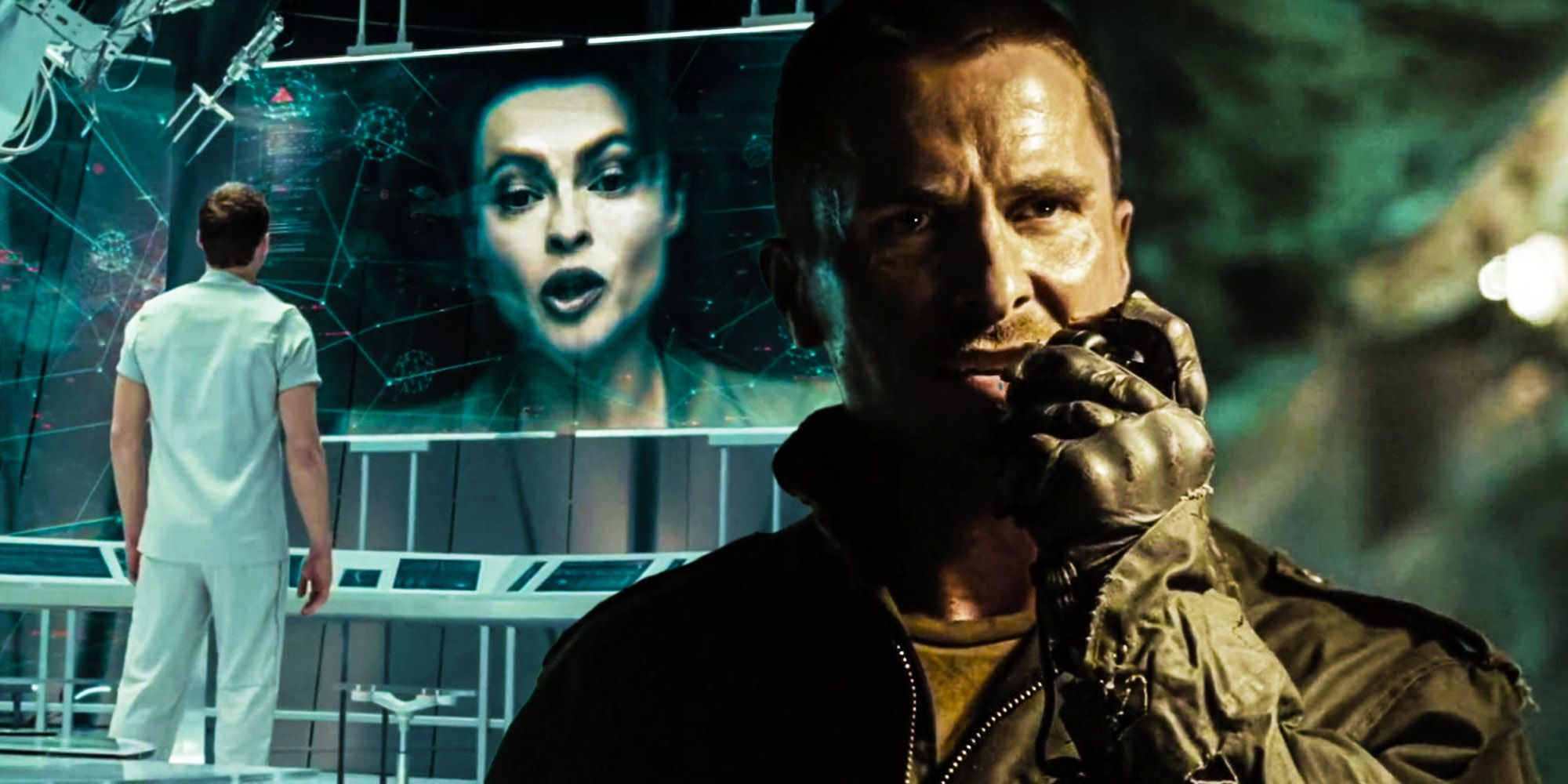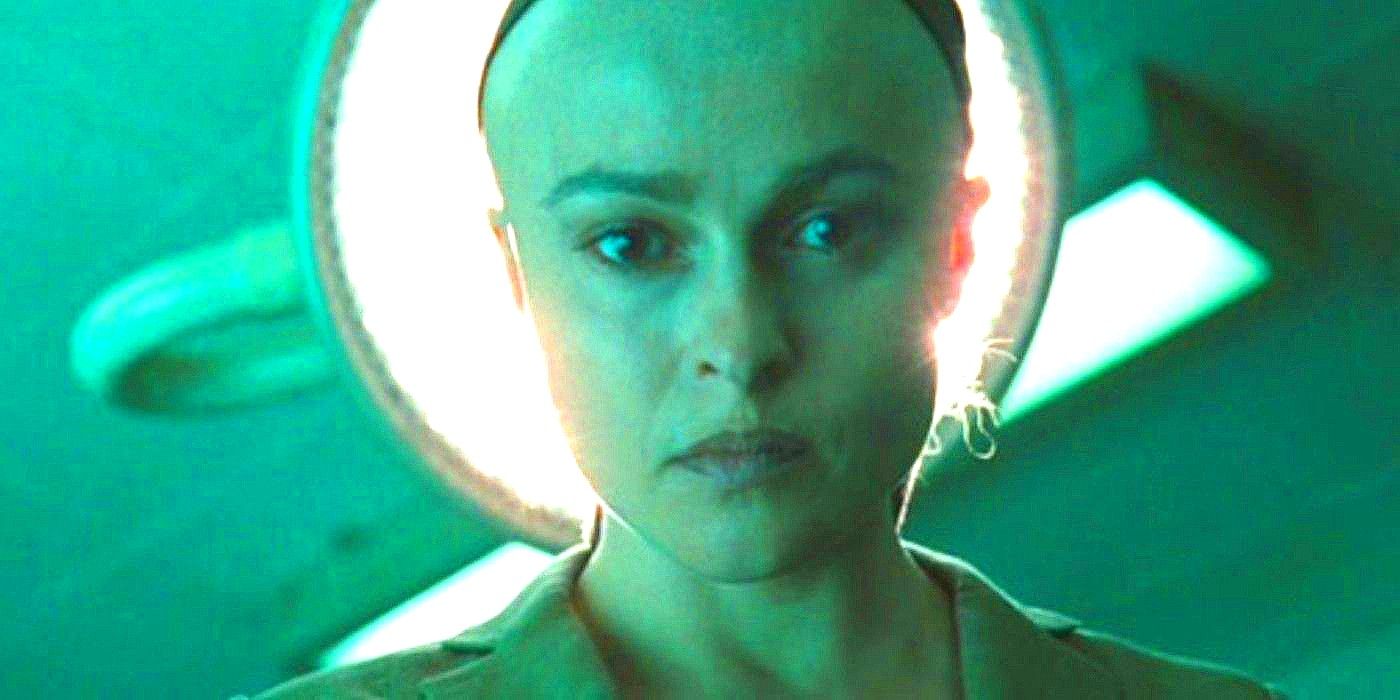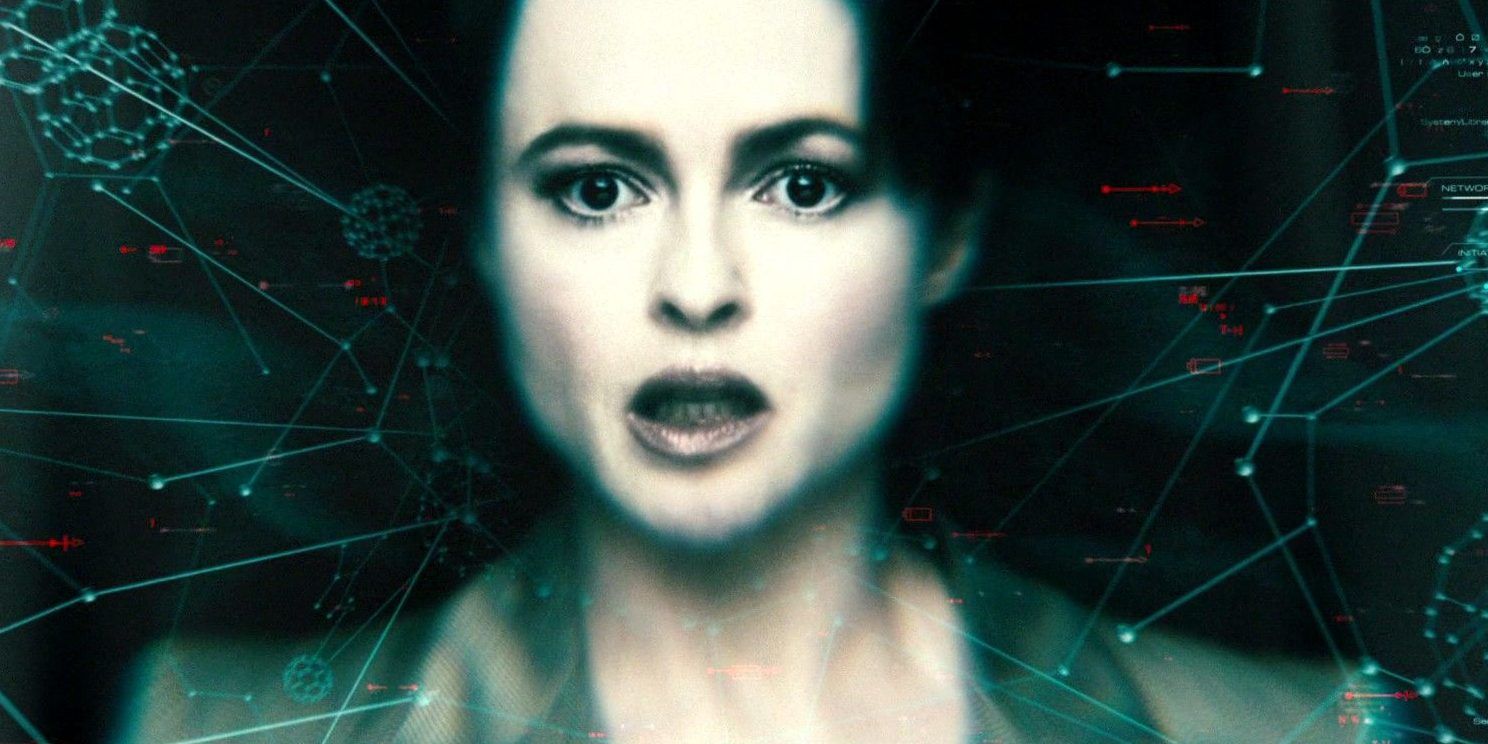The question of why humanity entrusted machines with so much of their lives is never addressed in-depth in the Terminator franchise, but Terminator: Salvation’s largely cut villain had a compelling, tragic answer for this mystery. The Terminator movies leave a lot of questions unanswered. Some of these, like timeline contradictions or the difference between Terminator’s T-800 and the T-850, are the sort of plot holes that inevitably arise in franchises that are set in the future, focus on imaginary technology, and rely on time travel as a plot device.
However, there are other, more existential mysteries that the Terminator movies force viewers to reckon with, but never directly address. For example, the Terminator movies don’t explain how humans ended up handing over so much control of their lives to machines before Skynet wiped out humanity, although this question could have altered the events of the series. Terminator: Salvation’s original villain Serena Kogan would have offered an answer to this inquiry. A terminal cancer patient, Serena turned to Skynet’s cybernetics in search of an opportunity to lengthen her life, and this relatable human urge ended up having disastrous consequences. By giving the villain a more intrinsically human motivation, Terminator: Salvation could have answered one of the franchise's biggest mysteries.
Serena Kogan’s Terminator: Salvation Story Explained
Played Helena Bonham Carter, Terminator: Salvation’s Serena Kogan does appear in the finished version of the 2009 movie. However, her role was cut down from its original incarnation and the impact of her storyline is sorely limited as a result. A terminal cancer patient who gained another chance at life via Skynet’s cybernetics, Serena is a rare Terminator franchise villain who relied on the corporation’s machines to solve a problem with life-or-death stakes. Generally, the villains of the Terminator franchise are machines or artificial intelligence systems, whether they disguise themselves as humans or openly assume their true form.
However, Serena was originally a very human villain with a tragically relatable motivation. Rather than wanting to become a machine, she simply wanted to survive a little longer. Much like Terminator: Salvation’s original superior version of Marcus would have humanized the T-800, Serena would have explained why humans were willing to collaborate with intelligent machines despite the risks that this posed. For Serena, the choice was between certain death or an uncertain future, making her decision sadly understandable while also complicating the black-and-white morality of the original movie. Where Skynet is clearly the villain of The Terminator, in the events of Terminator: Salvation's original draft, the reason that their products succeeded becomes easier to understand.
Why Terminator: Salvation Needed Serena’s Plot
Terminator: Salvation needed Serena’s story to break free from the familiar conventions of the franchise’s earlier outings. While the earlier movies were all intense chase thrillers that saw human heroes pursued by cybernetic villains, Terminator: Salvation’s dark original story made a cybernetic character a hero and a once-human character a major villain. Terminator: Salvation’s early drafts made the franchise’s story less simplistic and brought it closer to reality, something that was unfortunately lost in later sequels. While Terminator: Salvation was undeniably imperfect, Serena Kogan’s plot alone proves that the sequel could have taken the Terminator franchise in a bold new direction if the movie's creators were given more creative freedom.



